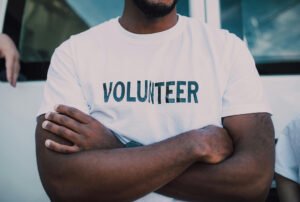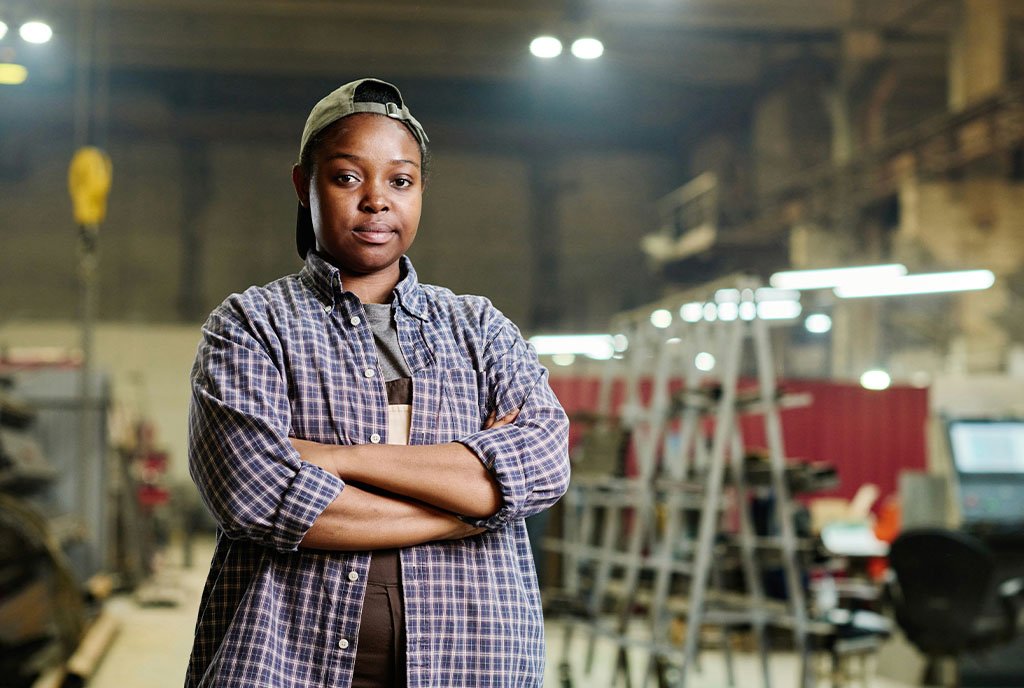
March 26, 2020; Philadelphia Tribune
Last week, 3.3 million Americans applied for unemployment benefits—five times the previous record set in 1982—and conceivably that number may be surpassed this coming week. Overall, experts are projecting an unemployment rate that may soar to as high as 13 percent nationwide. And although the nonprofit sector did much better in terms of retaining and building jobs than the for-profit sector did during the Great Recession, the same may not hold true during the upcoming downturn. Layoffs are occurring with much more volume and immediacy than in 2008.
One stark example is at the Greater Philadelphia YMCA, where 3,400 have been laid off across its 28 sites. That makes it the largest COVID-19-related jobs layoff in that state. On top of that, CEO Shaun Elliot notes, the rest of the staff have had their pay cut. The organization is dependent on earned revenue, mostly from memberships and childcare fees, which Elliot says have “plunged significantly as a result of the global pandemic.” A smaller portion of the organization’s revenue comes from grants and donations.
In Spokane, Washington, Catholic Charities Eastern Washington has laid off 41 of its 365 employees. A donor has stepped up to pledge some money to each of them ($3,000 for each full timer and half that for each part-timer) as well as a $50,000 fund for those that find themselves in emergency situations. NPQ has already discussed the need for states to subsidize childcare programs over this period or risk losing them for good, and, indeed, both the YMCA in Philadelphia and Catholic Charities had significant programs in childcare. Catholic Charities has seen enrollment in its childcare center decline from 225 to 35 children.
But that is hardly the only vulnerability among nonprofits. The Forward reports that the Tenement Museum in New York City cut its staff from 138 full- and part-timers last week to five. In fact, the entire cultural sector looks to be in a tailspin, according to the Washington Post:
The numbers don’t lie: 431 canceled performances, 725 people laid off, 150 musicians in limbo. And that’s just at the Kennedy Center, where administrators late last week calculated the crushing equation of even a best-case scenario.
“We have to figure out how to make it to May 10, and if we have to [close] longer than May 10 what does that mean?” says Deborah F. Rutter, the Kennedy Center’s president. “We have to be responsible, make sure everybody is healthy. But there’s been nothing like this. How long will it last? How long will it last?”
Sign up for our free newsletters
Subscribe to NPQ's newsletters to have our top stories delivered directly to your inbox.
By signing up, you agree to our privacy policy and terms of use, and to receive messages from NPQ and our partners.
But even with that stark reality, Darren Walker points out in the Post, others will feel the impact even more harshly.
“Just as inequality is playing out in our society, it’s playing out in the arts,” says Darren Walker, the president of the Ford Foundation, one of the fund’s contributors. “When you get to the medium and smaller arts organizations that don’t have endowments, that don’t have rich boards, that don’t have huge amounts of operating cash flow…those organizations are panicked.”
Goodwill Industries is furloughing workers all around the country, as their businesses are either closed or seeing their sales plummet. At Goodwill Manasota, that amounts to 374 employees, or 52 percent of its workforce. Jewish community centers are also shut, cutting off many of their revenue streams.
“If you go to a zero-revenue model for an undetermined amount of months, even the strongest of institutions is going to be challenged,” said Eric Fingerhut, CEO of the Jewish Federations of North America, the umbrella organization for a $3 billion Jewish philanthropic network that employs some 10,000 people.
“This is literally hitting every single institution in every single community,” he said. “Every synagogue, every JCC, every camp, every human service agency, every, every, every.”
—Ruth McCambridge











